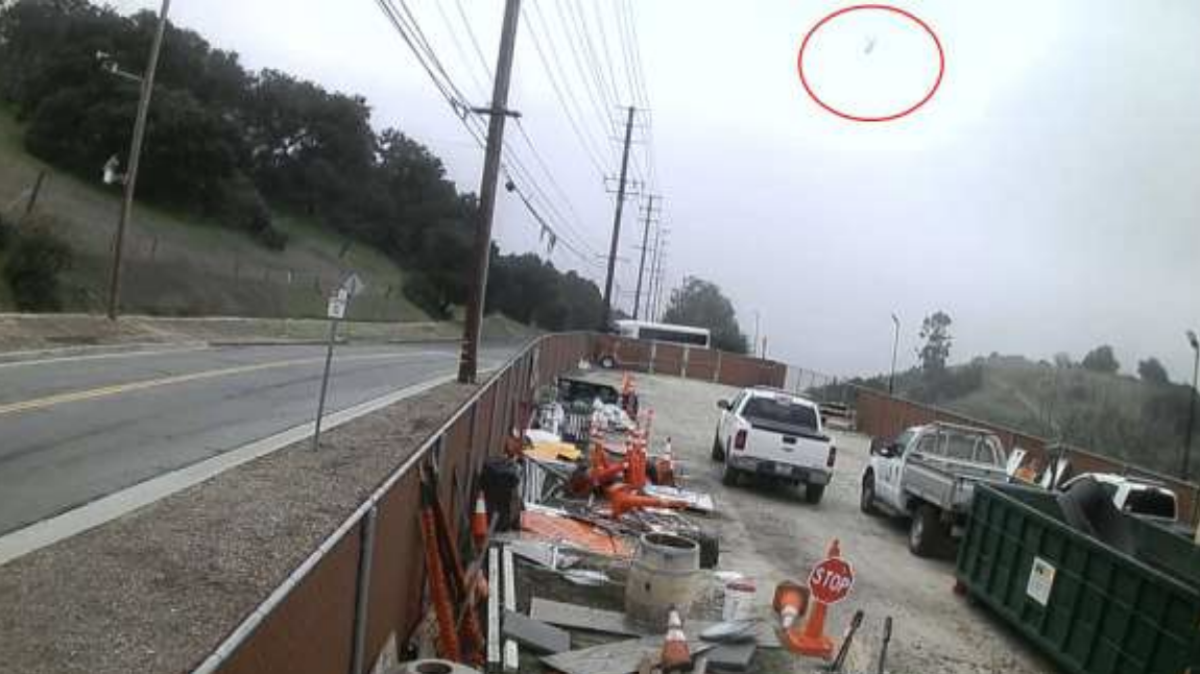NTSB releases photo of Kobe Bryant helicopter flying into cloud before crash

- Share via
As part of its preliminary investigation into the Kobe Bryant helicopter crash, the National Transportation Safety Board released an image of the chopper flying under cloudy conditions shortly before it hit a hill in Calabasas.
The report also included photos showing the poor visibility in the Calabasas area at the time of the crash. Weather is one of the potential causes of the crash being examined, though no final determination has been made.
Investigators had asked the public for images of weather conditions at the time of the crash on the morning of Jan. 26, and some of those were released Friday. Witnesses said visibility had been very poor when they heard the chopper slam into the hillside.
The preliminary report said there were no signs of engine failure, meaning the chopper didn’t lose power before it hit the hill.
The NTSB noted that videos and photos from the public “depict fog and low clouds obscuring the hilltops.” The preliminary report repeatedly noted that the pilot had struggled with a low cloud ceiling.

A witness on a mountain bike trail told investigators that the area was “surrounded by mist” and that he heard the sound of a helicopter and saw a blue and white chopper emerge from the clouds, passing from left to right.
The 1991 Sikorsky S-76B was carrying parents, coaches and players to a youth basketball game at Bryant’s Mamba Academy in Thousand Oaks. Those who perished in the fiery crash included Bryant’s 13-year-old daughter, Gianna; Christina Mauser; Payton and Sarah Chester; John, Keri and Alyssa Altobelli; along with pilot Ara Zobayan.
According to the report, the main impact crater was on a 34-degree slope and measured 24 feet by 15 feet wide and 2 feet deep.

“Examination of the main and tail rotor assemblies found damage consistent with powered rotation at the time of impact. The initial point of impact consisted of highly fragmented cabin and cockpit debris,” the report noted. The main wreckage was about 127 feet from the impact crater.
The engines were found lying inverted in the burned area. “Viewable sections of the engines showed no evidence of an uncontained or catastrophic internal failure,” the report said.
More to Read
Sign up for Essential California
The most important California stories and recommendations in your inbox every morning.
You may occasionally receive promotional content from the Los Angeles Times.











